The UK has become the first country in the west to approve a COVID-19 vaccine, the Pfizer/BioNTech vaccine, which has an efficacy of around 95 per cent, similar to another vaccine that is also based on the genetic material RNA, made by Moderna.
Waiting in the wings, as the first RNA vaccine was rolled out to the public on 8 December, is the University of Oxford/AstraZeneca vaccine, which is substantially cheaper than the RNA vaccines, much easier to store (RNA vaccines have to be kept between –70°C and –20°C, while the Oxford vaccine can be stored in a normal fridge), and has achieved similar results in some circumstances.
Remarkably, all three vaccines create immunity by tricking the body into making a harmless part of the virus called the ‘spike’ protein. Most striking of all, their development has taken less than a year when we are still seeking vaccines for many major diseases, such as HIV and malaria.
The preliminary 23 November analysis of the Oxford vaccine showed it was, based on a pooled analysis, just over 70 per cent effective, using data from 131 COVID-19 cases up to 4 November among more than 11,000 trial volunteers in the United Kingdom and Brazil.
The full details are released today of the study in the journal, The Lancet, giving more insight into a puzzling but encouraging discovery.
Following changes to the production process, researchers noticed that subtle differences meant that the agreed method of measuring the concentration of the vaccine in each dose, using a method called spectrophotometry, was in fact over-reading the vaccine concentration. That led to the adjustment of dosing in consultation with regulators, to give half the intended dose.
The use of the half dose was unplanned, but following the agreement from the regulators, the researchers decided to continue following this group of volunteers, and the analysis of this dosing regimen suggests the vaccine is 90% effective if administered at a half dose and then at a full dose. Meanwhile, the main regimen of two full doses was less effective, at 62.1%.
I talked to Professor Andrew Pollard, Director of the Oxford Vaccine Group and Chief Investigator of the Oxford Vaccine Trial, which is also underway in South Africa, and co-author of the Lancet paper. His edited responses are in italics.
Update, January 4: The Oxford University/AstraZeneca vaccine was given regulatory approval on December 30 and on January 4, Brian Pinker, 82, became the first patient to be vaccinated. The third was Prof Andrew Pollard.
WHAT IS THE OXFORD VACCINE?
The vaccine is made from a common cold-causing virus – a so called adenovirus – isolated from the stools of chimpanzees and genetically altered to cripple it, so that it cannot grow in humans, including children, the elderly and anyone with a pre-existing condition such as diabetes. The team changed several parts of the adenovirus genetic code so it was vanishingly unlikely to mutate back to its wild state.
This is a well-studied kind of vaccine and has been used safely in thousands of subjects in previous trials for different vaccines.
The chimpanzee virus was further genetically altered to create the vaccine. Compressing five years of work into four months, Sarah Gilbert, modified the adenovirus to make the “spike” protein that this coronavirus uses to invade human cells.
While the virus’ genetic code comes in the form of the long chain-like chemical RNA, the code of our cells, and that of the adenovirus is written in the form of DNA.
Putting the genetic material for the spike protein into the adenovirus doesn’t lead the spike to be made in the adenovirus – it is purely a carrier of the genetic material for the spike.
It is particularly fascinating because the coronavirus is an RNA virus, so it uses a different type of genetic material. In order to get code into the adenovirus, you can’t use RNA because an adenovirus is a DNA virus.
So, we put a synthetic piece of DNA into the adenovirus so that it carries the genetic code for the spike protein. After immunisation, it is the machinery of our cells that converts this DNA into RNA and then into the spike protein. Each adenovirus carries one copy of spike DNA code which gets converted into multiple copies of the protein in the cell after immunisation.
HOW DO WE TEST VACCINES?
Worldwide, 58 vaccines are in clinical trials on people. Typically, they go through a three-stage process that takes a decade and involves tens of thousands of trial participants.
During Phase I, small groups receive the trial vaccine. In Phase II, the study is expanded, and the vaccine is given to people who have characteristics (such as age and physical health) similar to those for whom the new vaccine is intended. In Phase III, the vaccine is given to thousands of people and tested for efficacy and safety.
It can take tens of thousands of people in a phase III trial for a few tens of this group to be ‘naturally’ exposed to the virus to see if the vaccine works.
A more efficient approach is by deliberately infecting hundreds of vaccinated people in ‘challenge trials’, though this is hotly debated for ethical reasons.
IS THE VACCINE SAFE?
No human activity is 100 per cent safe but no trial participants who received the Oxford vaccine were hospitalized or developed severe COVID-19. In other words, ‘yes’, it is safe – so far as we can tell from the data from over 24,000 volunteers to date.
HOW WELL DOES THE OXFORD VACCINE WORK?
A so-called ‘pooled analysis’ of the vaccinated groups in the Oxford vaccine trials shows that the 70% effective on average, according to the Lancet paper along with the preliminary analysis of phase III trial data announced in a press release on 23 November.
These data built on an earlier, phase I/II peer-reviewed trial results, which suggest the vaccine induces strong immune responses across all age groups, including older adults, and has a good safety profile. These immune responses consisted of both antibodies and white blood cells, called T cells.
The reason we’re so delighted is we’re seeing the immune responses are exactly the same among participants, even those who are over 70 years of age. The other thing we found, which is really important, is that it’s extremely well-tolerated in adults over 55.
These findings show that we have an effective vaccine that will save many lives. Intriguingly, we also found that one of our dosing regimens may be around 90% effective and if this dosing regimen is used, more people could be vaccinated with planned vaccine supply.
HOW ARE YOU REGULATED?
In the UK we have an extremely rigorous and robust regulator, the MHRA. They carefully assess our trial protocols and plans and, in this trial, they visited us twice! They came in during the phase 1 trial and scrutinised everything and then again in the Phase 3 trail, they inspected us and our trial sites. I would say we were under more scrutiny than any study I have done before.
There are rolling submissions of data from vaccine developers so when final results come in the MHRA are in good shape to rapidly give approval, which has been an efficient way of doing this.
They are in the spotlight, so they have to do this carefully. But if something takes 6 months and you put 6 times more people into it, it then only takes 1 month. The vaccine is a priority, so the resources have been put in. I have confidence in them and, as I said, if anything we have experienced tougher regulation than usual.
HOW DID THE UNPLANNED DOSE OCCUR?
Driving forwards in the pandemic, we worked with the regulator to make best decisions as we went along and, though we didn’t plan to use a half dose, the result indicating a 90% level of efficacy has provided some intriguing information.
As we go about starting a new trial, there is a lot of discussion with regulators about everything from manufacturing to the assays (tests) done on the vaccine to make sure that it is of the right quality and what the concentration of vaccine is in the glass vial.
There are different ways of measuring concentration in the product and the way we do it in Oxford is to use spectrophotometry, shining light of a particular wavelength through the vaccine to measure concentration in the vial.
That is what we used in Phase I but, as we expanded into bigger studies, we used other contract manufacturers to do larger-scale production who measured vaccine concentration using a different method (PCR, which amplifies genetic material for testing).
When we progressed through the UK trial, we recognised the new group of volunteers weren’t having as many of the reactions to the vaccine – such as sore arms – as we’d expected.
What we found when we looked at doses by these two different measures – PCR and spectrophotometry – is that they gave different results. We discussed this with the regulators and came to the conclusion, which was more likely to be correct and, to err on the side of caution, chose the measure that would assume the lowest dose.
After we knew we had the half dose group, we carried on after discussion with the regulators, but we had no idea it was going to give higher efficacy. Some thought it would be worse and I thought it was going to be the same.
Additional information explained why there was a discrepancy in the two measurements, which was due to interference in spectrophotometry during the manufacture of the vaccine. Whilst the readings suggested the concentration of vaccine was a full dose, we were in fact over-estimating this concentration, resulting in a lower dose of the vaccine – approximately half the intended amount being given. After the second dose (given as a full dose), protection was greater than expected.
We are now confident that all additional doses of the vaccine are now identical, thanks to a raft of tests developed with our partners, and there is now absolute consistency.
WHY SHOULD THE HALF DOSE MATTER?
Because of the smaller numbers in the better-performing lower dose regime of vaccination ( 2,741 trial participants rather than 8,895) there is a greater chance that the half dose/full dose finding could have been a statistical fluke that will melt away in a bigger trial.
The 90% effectiveness finding had already met the necessary statistical evidence required by regulators. It is not final proof. It looks robust but more data will give greater confidence.
WHY DID YOU POOL DATA FROM TRIALS IN DIFFERENT COUNTRIES?
In the summer, after the first lockdown, there was little disease in the UK and I was extremely worried this would delay the huge efforts on our vaccine, a not for profit vaccine that we want to get to all corners of the world, one that is affordable and available, and determining if it actually worked.
The strategy with regulators that summer was that we need to pool data from all the countries as it might allow us to get the results sooner.
WHAT ARE THE CHALLENGES OF POOLING DATA?
Purists do not like mixing data from different populations. However, the trial protocols were developed by Oxford and are very closely aligned between countries. The 90 per cent efficacy rate did not seem to be caused by difference in age.
Moreover, only the phase III components of the trials in the UK and Brazil were included in the analysis. The placebos were identical for the first dose in both countries, that is, a dummy injection. In Brazil, the regulator asked the investigators to use a saline placebo injection for the second, but the Oxford team says that it is difficult to see how this would affect the efficacy results.
The whole purpose of the Phase III trial is to see whether we can demonstrate the efficacy of the vaccine to see if it meets the specifications of the regulatory authorities and can be approved. Before analysis of the data, the team discussed with the regulators the approach to analysis and combing the three different countries we are working in, and the two different dosage regimens in the UK.
The reason the regulators agreed it was a good idea to pool the results is there was nothing in the data on the immune response to suggest they would be in the different countries or dosing regimens to drive differences in efficacy. It increases robustness if multiple countries are involved because the regulators have more data to analyse, and generalisability is improved. By pooling the data across the three countries, the UK, Brazil and South Africa (the latter is not included in the Lancet analysis of efficacy, but contributes to the safety data), you get the answers sooner, which is important in a pandemic.
In the UK we reached the minimum number of COVID-19 cases which is 53, but by the time we got everything ready for analysis, we had got up to 131 due to the second wave. We then did the pooled analysis, which suggested the vaccine offered 70% protection.
Because of the confidence in the result, that meets the requirements for submission to the regulators for approval. We also made the unexpected and intriguing observation that the lower dosage arm had much higher efficacy, and we have reasonable confidence in that result, which you can see in The Lancet paper. We will accumulate more data, since this is an interim, not final analysis.
WHY ARE SCIENTISTS SENSITIVE ABOUT THE DESIGN OF CLINICAL TRIALS?
The reason for the unease is that the social, medical and biological sciences in particular, are in the grip of what some call the ‘replication crisis’, where the results of many studies have proved difficult or impossible to replicate or reproduce.
This has multiple causes, from over-reliance on computers and studies that lack statistical power to so-called ‘p-hacking’, where the way data are analysed is picked after they are gathered to enable the desired result to be presented as statistically significant.
HOW CAN A SMALLER DOSE PRODUCE MORE PROTECTION?
A top priority has been to understand why the vaccine seems to have performed so much better with a lower first dose.
It’s a really exciting and intriguing result which we need to dig further into.
Perhaps lower doses of vaccine do a better job at stimulating the subset of immune cells called T cells that support the production of antibodies.
Another explanation is that a lower first dose leads more quickly to the establishment of ‘memory’ immune cells – called B cells.
Perhaps escalating the dose of a vaccine more closely mimics a natural viral infection, leading to a more robust immune response, and this has been suggested by research and computer modelling.
Or it could reflect how the immune system reacts to the chimpanzee virus – a higher first dose could have spurred such a strong attack that it compromised the adenovirus’s ability to deliver the spike gene to the body in the booster shot.
While the full first dose blunted this reaction, perhaps a smaller first dose ‘threaded the needle’ for the second injection.
Russia’s Gamaleya Research Institute of Epidemiology and Microbiology also has an adenovirus based vaccine, dubbed Sputnik V, that uses different strains of adenovirus in the prime and booster shots for this very reason.
We don’t have enough information at the moment to answer this question. There is certainly a possibility that using different doses as the first dose can vary how they prime the immune system ready for the next dose. We haven’t done a dose-ranging study.
It may certainly also be possible that a lower first dose provides less immunity against the adenovirus vector, so the second dose is less inhibited by the immune response against the adenovirus – meaning our body’s immune system is better ‘trained’ against future infection. We need more data to unpick the biological mechanism.
SHOULD WE BE BOTHERED BY ANNOUNCEMENTS BY PRESS RELEASE?
While scientists frown on announcing results ‘by press release’, rather than in a peer-reviewed journal that discusses data and methods in detail, there is an impetus to release interim results immediately for the sake of transparency, which is central to public confidence, and because of the market and also political sensitivity of the information. There are other factors, given that countries may still considering major deals with manufacturers, and the risk of insider speculation.
We wouldn’t, under normal circumstances, be press releasing efficacy results before their publication in peer-reviewed literature at all. When you are doing your own research, publication of your study in a journal is the academic output, and it’s at this point there might be a press release to help to spread these peer-reviewed findings to the more general public.
However, as we’re developing a product with a company listed on the stock market, AstraZeneca, you have to share the results to the markets to stop insider trading, in our case to the London markets through a Regulatory News Service (RNS) announcement.
Normally, these are kept quite short, in order to fulfill the requirements around insider trading, but allowing time for the data to be independently reviewed by a group of scientific peers when you submit it for publication in a journal.
The problem with making an announcement before releasing all of your data in peer-reviewed literature is that people make a lot of assumptions about what you have done based on a few words.
If we have made it clear that the regulators have approved the pooled analysis, including those different dosing regimens, then perhaps people would not have thrown rocks at us here!
CAN THE VACCINE PROTECT OTHERS?
There were also hints that the Oxford vaccine might prevent infected people from transmitting the virus, even if they do not show any symptoms. In the trial’s UK arm, some participants underwent SARS-CoV-2 testing, even if they had no symptoms, revealing differences in infection rates between people who received the placebo and those who got the Oxford vaccine which suggest the vaccine blocks transmission.
We have some intriguing data in The Lancet paper that people in the 90% efficacy arm are less likely to acquire asymptomatic infection, it may even be able to reduce it by 60%. If we can prevent 90% of disease and all severe disease as well as reduce transmission, the pandemic ends a lot quicker. It is early days, and the statistical confidence we have in this finding is quite low, but this result is interesting.
ARE THE TRIALS CONTINUING?
Yes, the studies in the UK, Brazil and South Africa are continuing. Further trials are being conducted in the United States, Kenya, Japan and India and the trial team expect to have around 60,000 participants by the end of the year. AstraZeneca has said: ‘there is strong merit in continuing to further investigate the half-dose/full-dose regimen.’ The company added this is unlikely to hold up regulatory approval.
These trials will provide regulators with further information about efficacy and safety, including its ability to both protect against and stop the transmission of COVID-19.
There is a huge trial in the US using the two standard doses and they have vaccinated approximately 15,000 people and they are on their way towards 30,000. That trial will give a lot more information. They have a very diverse population they are working with, different to the UK, and they have got a large old adult population which will be interesting.
WHAT DIFFERENCE DOES IT REALLY MAKE IF A VACCINE IS 60 OR 90 PER CENT EFFECTIVE?
There is a lot of comparison between the different vaccine efficacies of 70 per cent, 90, and so on. But in the vaccine world we find that if you do a trial in one country, you may get a different result in another. If you use different trial protocols, there will definitely be different results.
If we had used the Pfizer protocol, in their population, with our vaccine, I have no idea what our results would have turned out to be. They have a lot more older adults while in the first phase of our trial most data involved health care workers, where there are more females than males, and females are at lower risk of serious disease.
What really matters is can the vaccine stop people going into hospital, into intensive care, or dying. Across all the vaccines, no one who has been vaccinated has gone into hospital or died.
It’s also important to remember what makes vaccines have a real-world impact is how quickly people around the world can have access to and take the vaccine. A vaccine with 100% efficacy will have zero ‘real world’ impact if nobody takes it!
ARE YOU SEEKING APPROVAL?
That’s AstraZeneca’s job.
We hand over data from the trials to them and they have to generate the tables of data to go to the regulator. We have half a million pages of data about the trial participants. To put this together into structured tables for the AstraZeneca database took a lot of time but that has happened. This work will continue.
HOW ELSE IS THE OXFORD VACCINE DIFFERENT?
Adenovirus vaccines have been used extensively for decades and have the significant benefit that they are stable, easily manufactured, transported and stored at domestic fridge temperature (2-8 degrees C, in contrast to the Pfizer- BioNTech vaccine, which must be stored at −70 ºC until hours before vaccination).
The Oxford vaccine costs about $3 per dose, compared with at least $20 per dose for the RNA vaccines.
This means the Oxford vaccine is more affordable and can be easily distributed using existing medical facilities such as doctor’s surgeries and local pharmacies, allowing for the vaccine, if approved, to be deployed rapidly.
AstraZeneca estimates that it will have 200 million doses ready worldwide by the end of 2020 and could produce up to 3.75 billion doses in 2021.
A key element of Oxford’s partnership with AstraZeneca is the joint commitment to provide the vaccine on a not-for-profit basis for the duration of the pandemic across the world, and in perpetuity to low- and middle-income countries. In the end, logistics might prove more important than efficacy.
It will take a huge effort to get the vast majority of those at risk vaccinated and protected so that the most vulnerable are no longer at risk and we can start to get back to normal.
We’re really looking globally; we want to be able to get to every corner of the world if indeed the vaccine is shown to work.
The thing that matters with vaccines is the impact it can have, and that is, can you get it to people and are they being vaccinated, so until you’ve got high coverage and you’re able to prevent the disease in those who are most vulnerable, we won’t get there.
That’s why we need multiple vaccines to be successful. It’s fantastic news that Pfizer and Moderna have got there too. There’s no competition – we need all of them to be successful, because we’ve got a lot of people to protect all around the globe.
HOW WAS THE OXFORD TEAM QUICK OFF THE MARK?
The team had already been working on a vaccine against another coronavirus, Middle East Respiratory Syndrome (MERS).
Data on several Middle East Respiratory Syndrome coronavirus vaccines shows them working in animal models, including the fact that antibodies induced after vaccination can neutralise a wide range of strains of MERS coronavirus isolated in different countries at different times.
There are also licensed veterinary vaccines against bovine coronavirus, canine enteric coronavirus and avian infectious bronchitis virus.
Sir Patrick Vallance, Government chief scientific adviser, said earlier this year: ‘The UK has a proud history in vaccinology. It was an Englishman, Edward Jenner, who pioneered the field over 200 years ago. Two centuries on, the scientific community will work tirelessly to find a medicine or vaccine against Covid-19, and we need to back them every step of the way.’
The Science Museum Group has many items used by Jenner in its collections.
HOW CAN I FIND OUT MORE?
The latest picture of how far the pandemic has spread can be seen on the Johns Hopkins Coronavirus Resource Center or Robert Koch-Institute website.
You can check the number of UK COVID-19 lab-confirmed cases and deaths along with figures from the Office of National Statistics.
There is much more information in our Coronavirus blog series (including some in German by focusTerra, ETH Zürich, with additional information on Switzerland), from the UKRI, the EU, US Centers for Disease Control, WHO, on this COVID-19 portal and Our World in Data.
The Science Museum Group is also collecting objects and ephemera to document this health emergency for future generations.

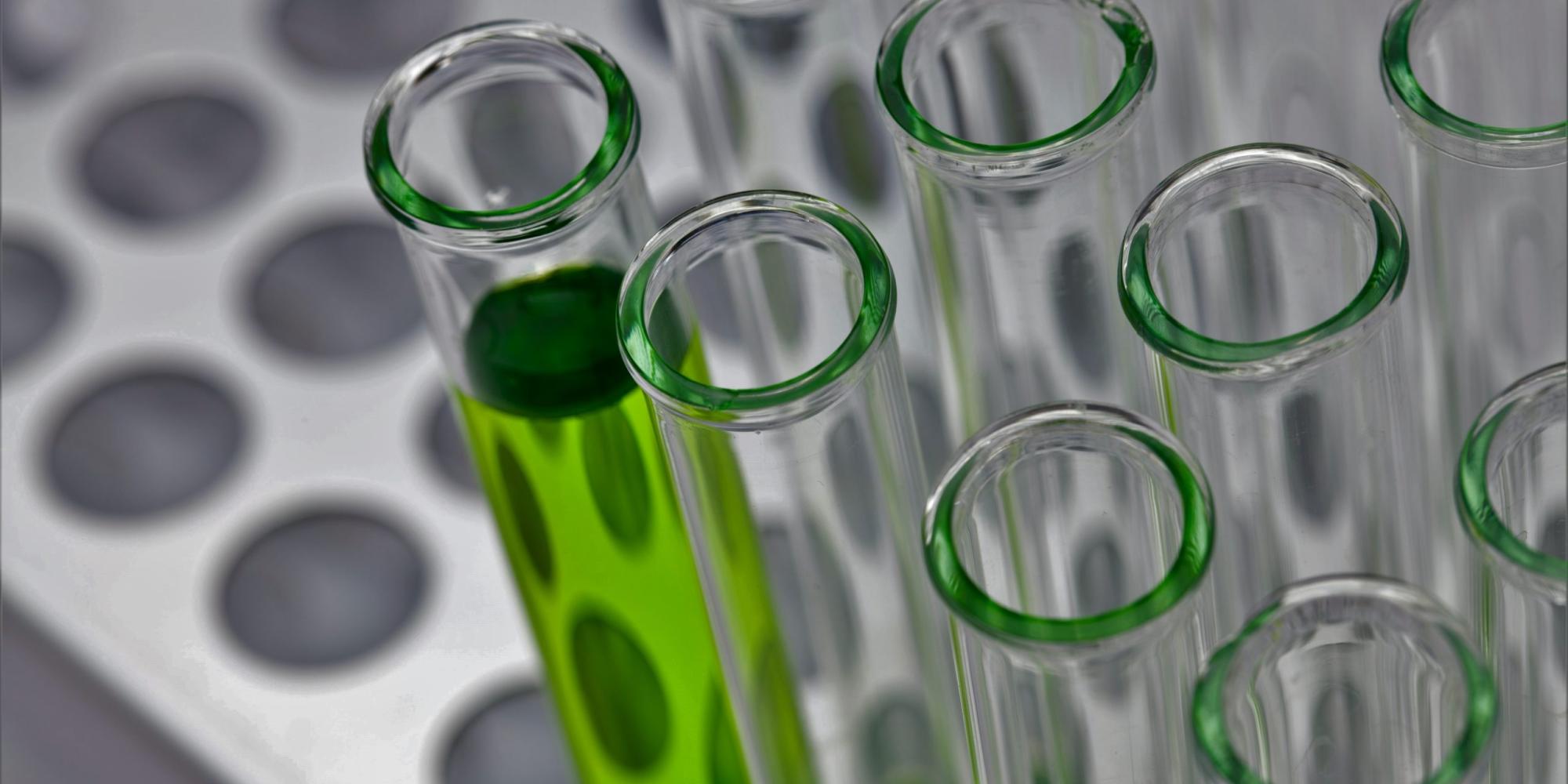
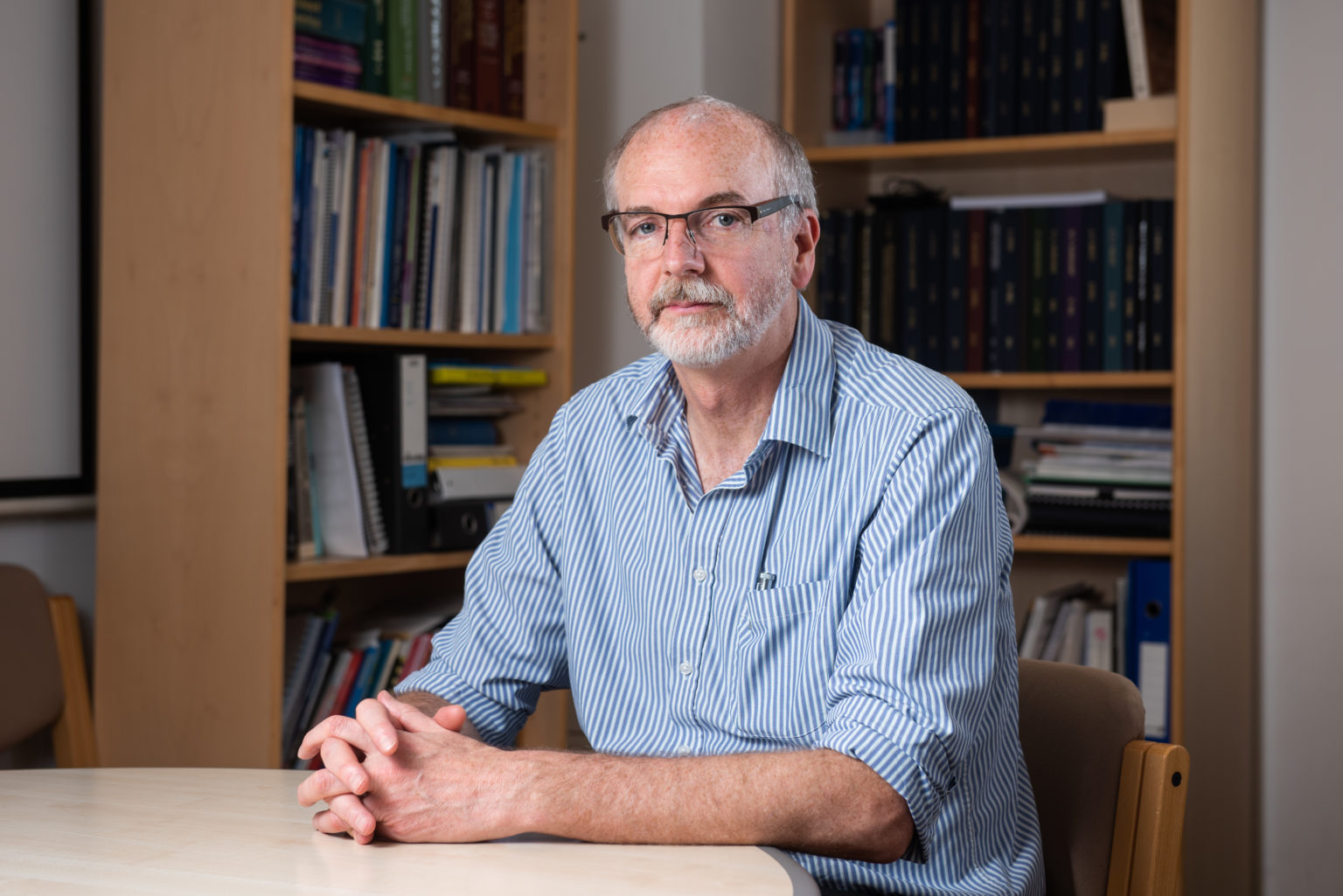
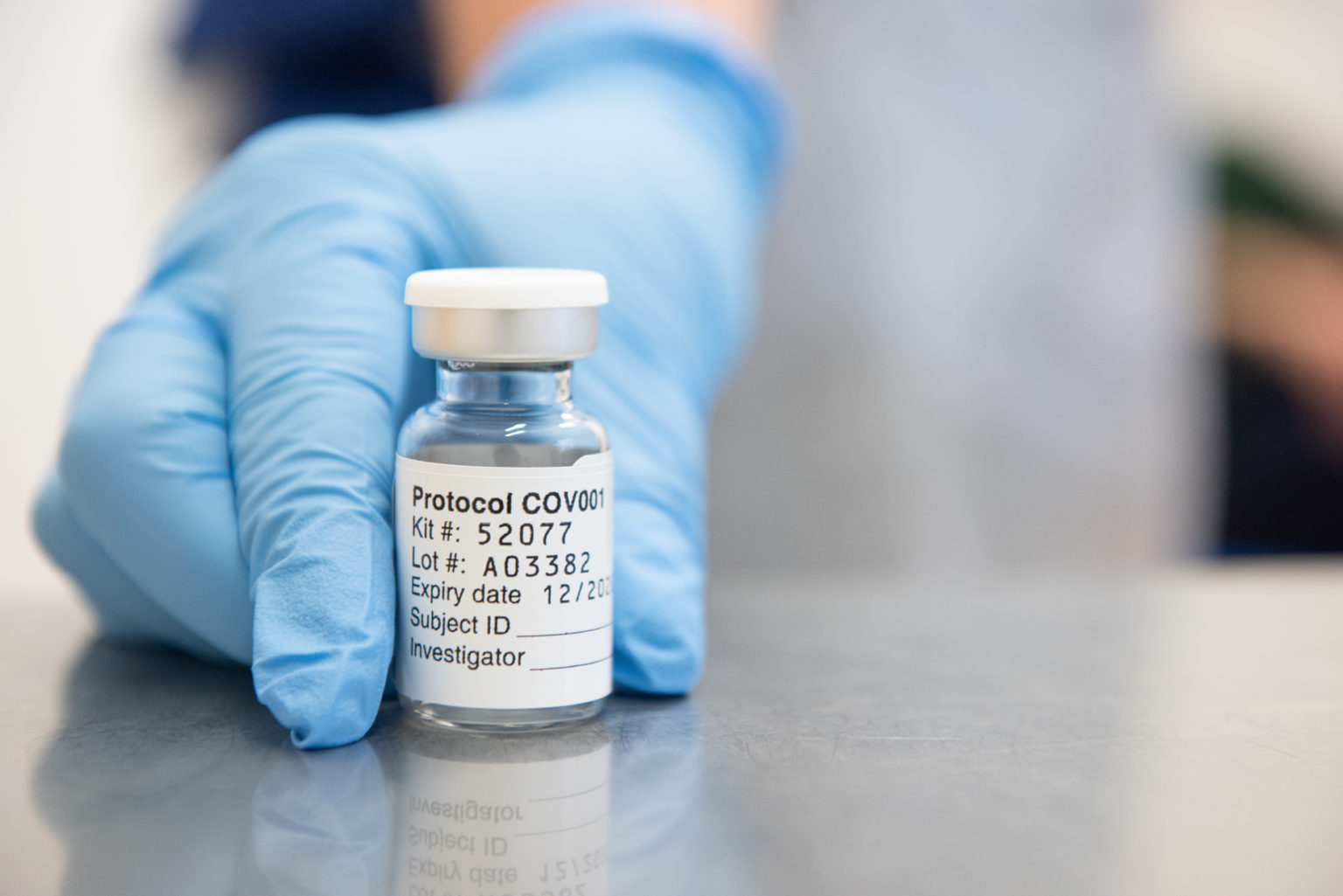
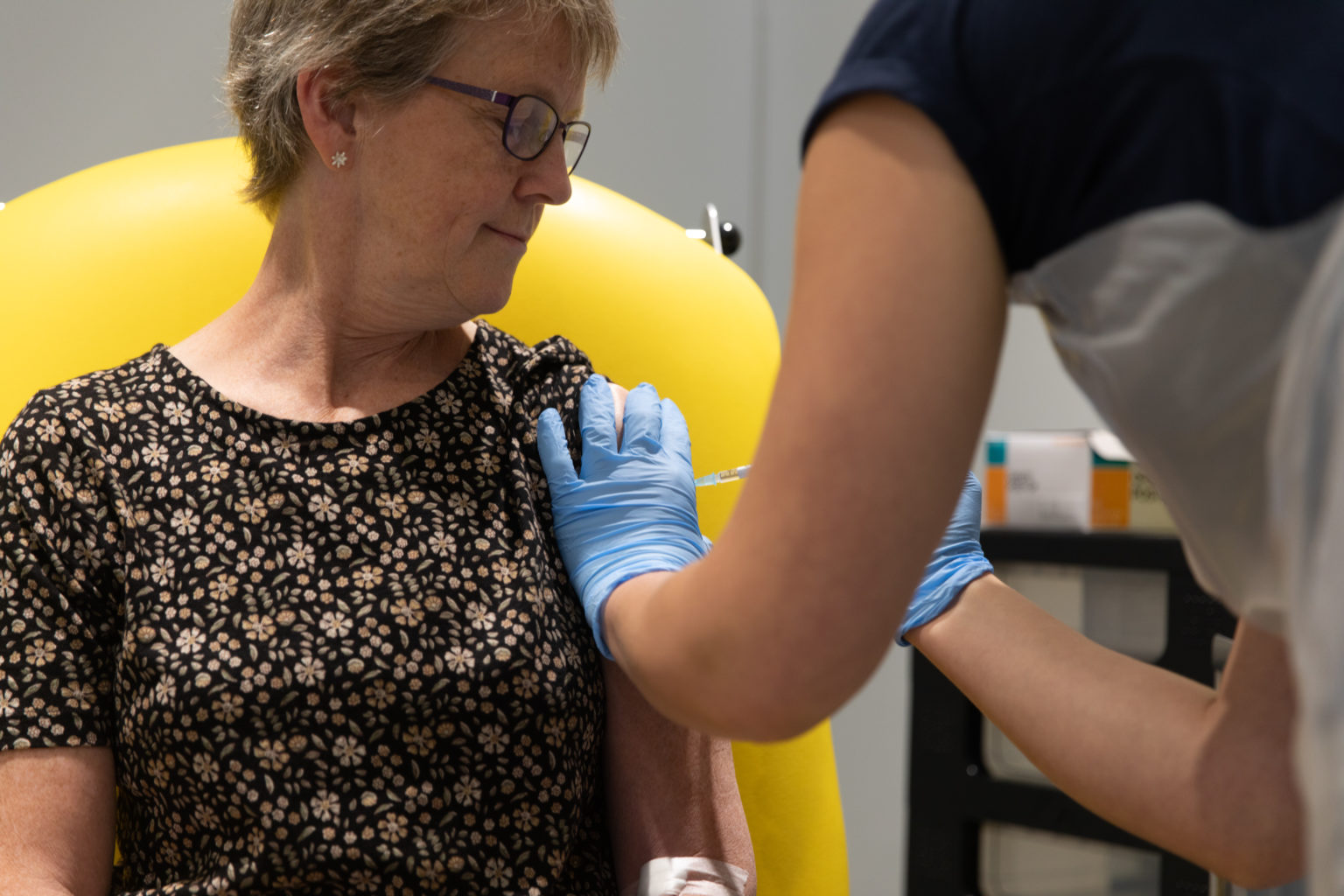
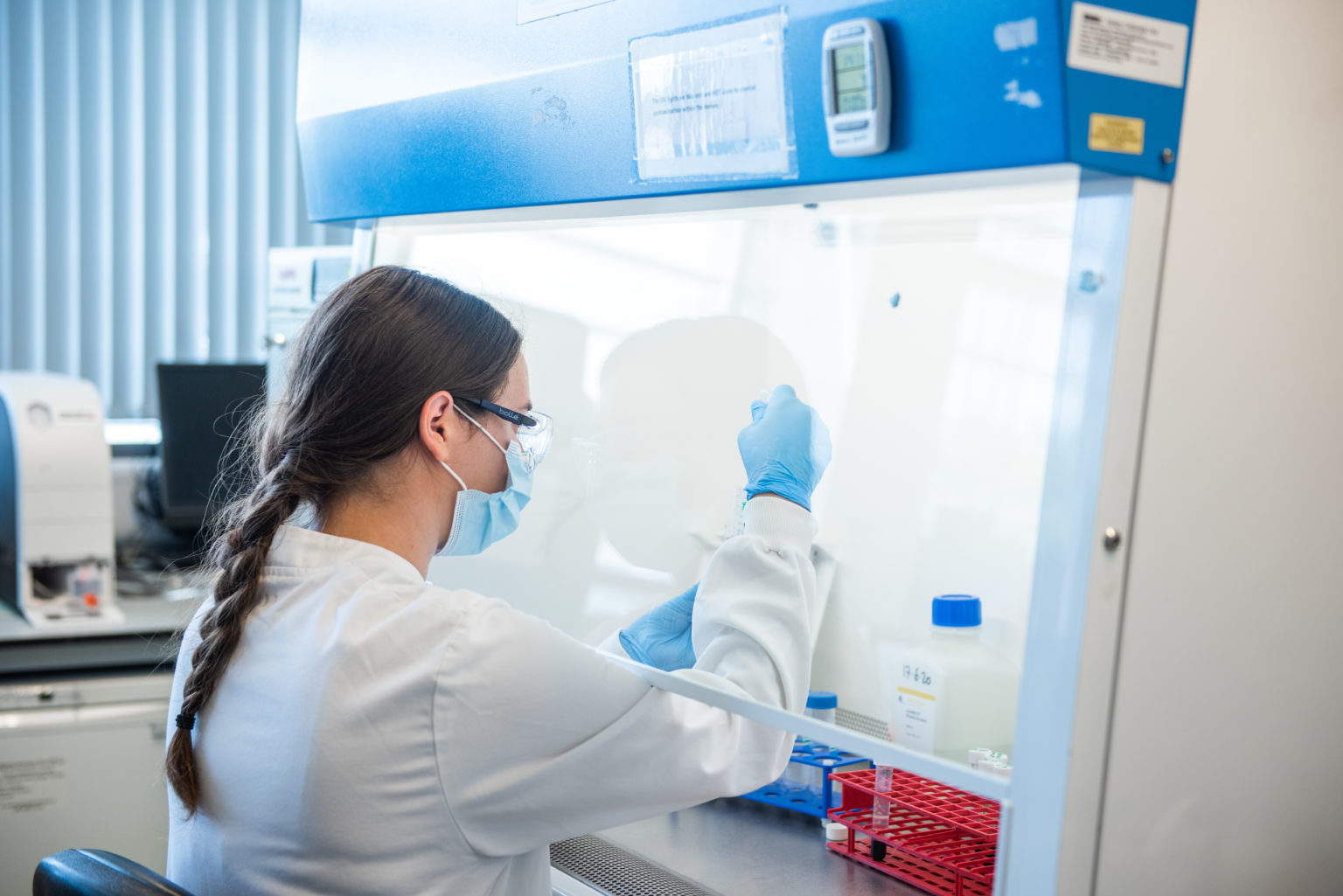
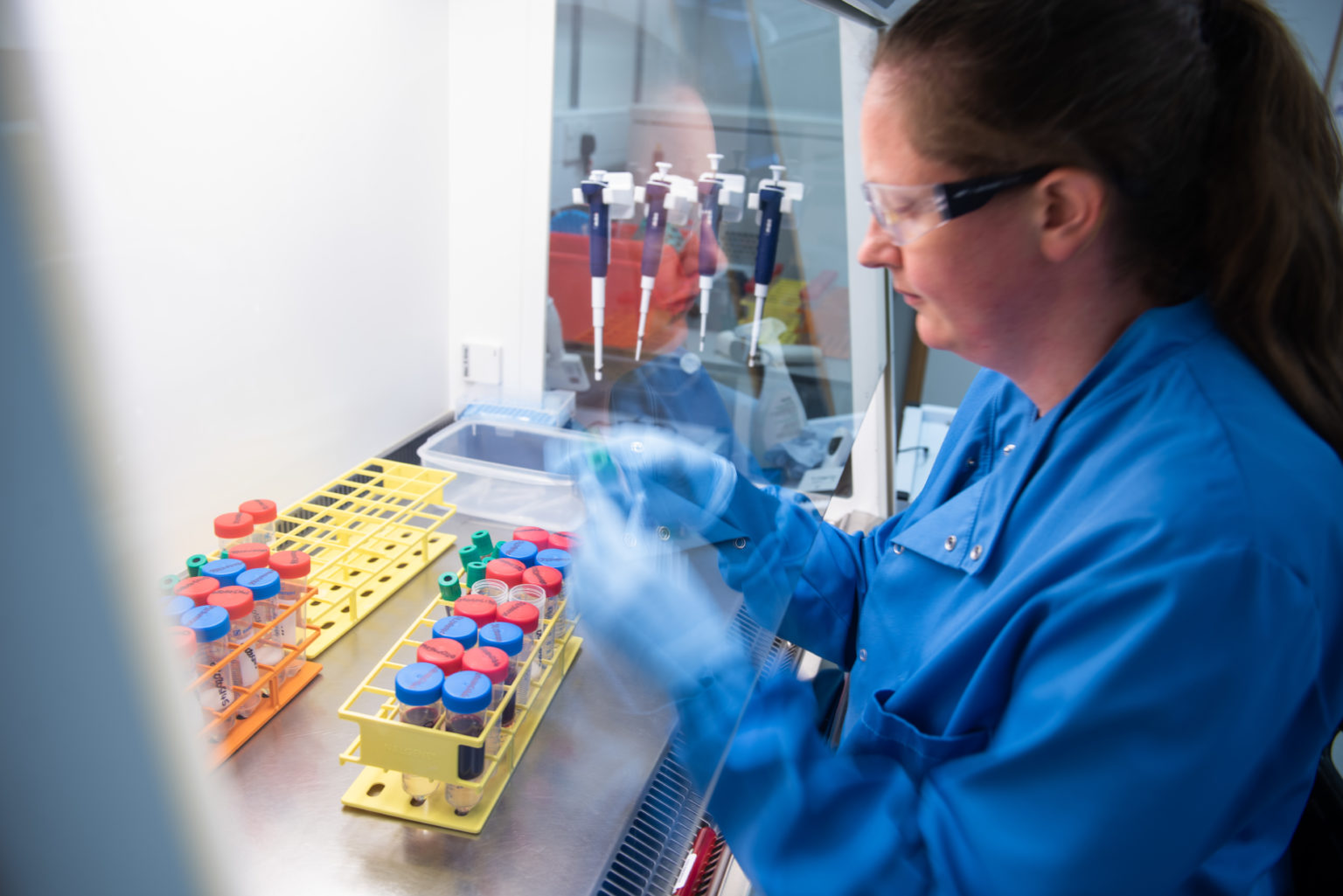










Comments